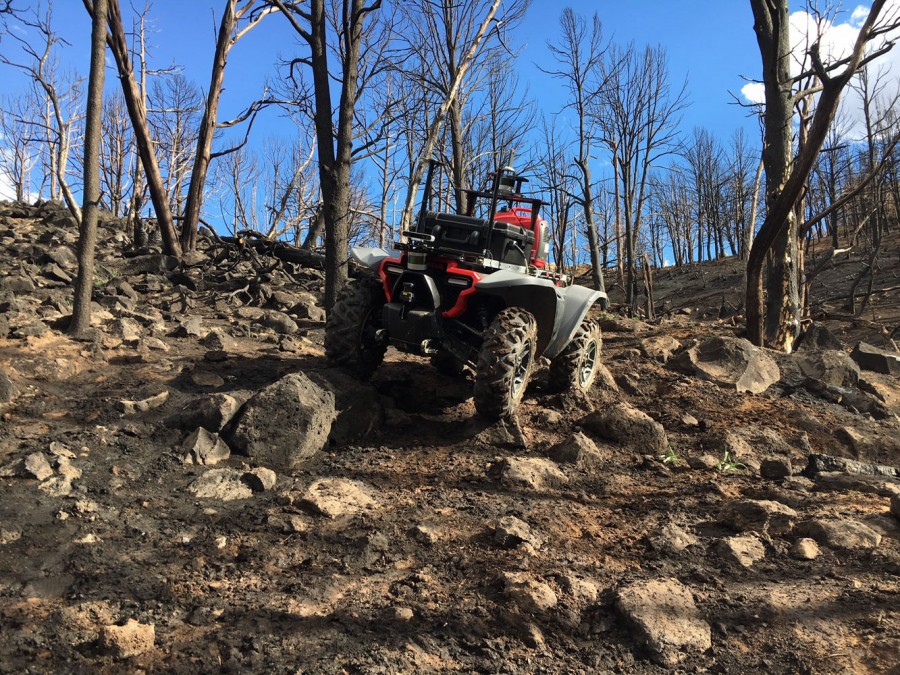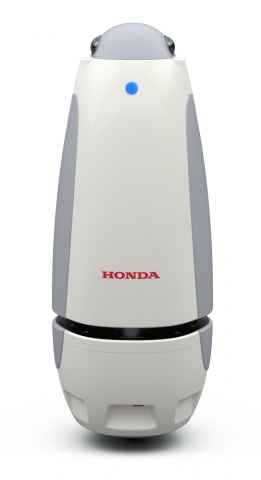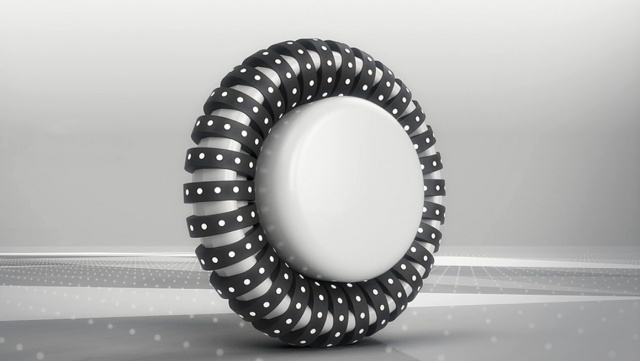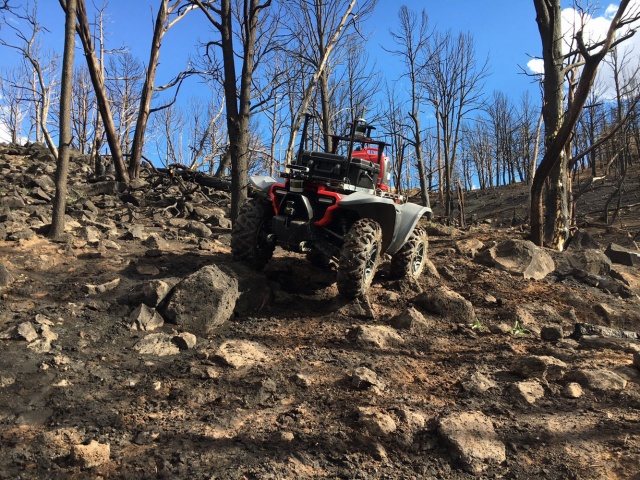What's the news?
Honda is not showing off a new car. That may come as less of a surprise these days, when brands such as Volvo are taking motor show stands that contain no actual cars, but Honda will be bringing some interesting new technology to the Consumer Electronics Show in Las Vegas. Taking place in January, Honda will use the CES to show off its efforts in areas that are only tangentially related to cars.
The first of which is a robotic, autonomous quad bike. Now, the Honda quad bike we're all familiar with (although Honda's official name for it is ATV, or All-Terrain Vehicle) and it's been in production in one form or another for 30 years now.
The Autonomous Work Vehicle concept takes the basic frame and four-wheel drive system of the ATV, and adds sensors and a highly accurate GPS locator that should, according to Honda: "Be capable of guiding the unit in almost any environment." Other add-ons include a rail-based accessories attachment system, and a plug point for external power.
The Autonomous Work Vehicle originally debuted at the CES last year, under the Star Wars-like name of 3E-D18, but this updated version has already been hard at work. Honda has been field testing its abilities, a large-scale solar operations company in North Carolina, a wildland firefighting division in Colorado, and an agricultural and environmental sciences college in California. Honda's keen to set up further collaborations such as these, as they help to develop this kind of new technology.
Part of that technology is Honda's new Safe Swarm system, which is essentially tech that allows multiple autonomous vehicles to share the same environment without crashing into one another. The idea is to use Vehicle-To-Everything (V2X) communication, which: "Allows vehicles to communicate with surrounding vehicles and share key information such as location and speed. With this information, along with the sensor suite on the vehicle, the driver or automated vehicle systems can determine the safest course of action in merging with traffic or avoiding a road hazard."
Ultimately, Honda believes that connecting all road users will create a safer transportation environment, mitigating and eventually eliminating all traffic fatalities.
Safe Swarm can, theoretically, also prevent traffic snarl-ups and 'emergency braking waves' by using its communication tech to 'see' further ahead on major roads, and start braking sooner when there's a slow patch ahead. Honda's been testing Safe Swarm for a while now in laboratory and closed-road environments, and next up is some real-world testing on road in Ohio.
Honda, of course, has long been interested in the field of robotics, and it's going to show off its new PATH system at CES. PATH stands for Predicting Action of The Human and while that sounds sinister, it's basically a form of predictive AI that would allow robots to seamlessly and smoothly move in and around people on busy pavements, predicting the best route to take to allow them to accomplish a task.
As far as electric cars go, Honda is planning to introduce the production version of its Urban EV hatchback next year, and is also working on a vehicle-to-grid charging system. Such an idea - using the excess energy stored in car batteries when they're plugged in to help fill in gaps in the national grid at high-demand times - has been around for a while, but Honda's new Wireless Vehicle-to-Grid system features an inductive charging pad that can send the power in either direction, to the car or from the car, and that's a first.
There will be one actual vehicle on Honda's stand at CES - a new Honda Passport SUV, but that's not there just to show itself off to the public. Instead it's there to demonstrate Honda's next generation of in-car entertainment and infotainment, called Honda Dream Drive. Honda is actually collaborating with legendary animation studio Dreamworks to produce both apps for the driver to use, and games and entertainment for passengers, all of which seamlessly integrate with your own mobile device. Those can range from wireless in-car payments for fuel or drive-thru food, and games or movies for passengers that use augmented reality to interact with the environment around the car.
Finally, Honda will be showing off two innovations it has co-developed with startup tech companies Noveto and Perceptive Automata. Noveto's is a system that sends tightly targeted sound signals to individual occupants of the cabin, which can be used to give a driver warnings of things going on around the car without them needing to take their eyes off the road to consult a screen or a warning light.
Perceptive Automata's system is software for autonomous vehicles that grants them human-like intuition to understand the state of mind of pedestrians, bicyclists, and human drivers through real-time analysis of onboard sensor data.




